Home>diy>Building & Construction>What Are Mylars In Construction
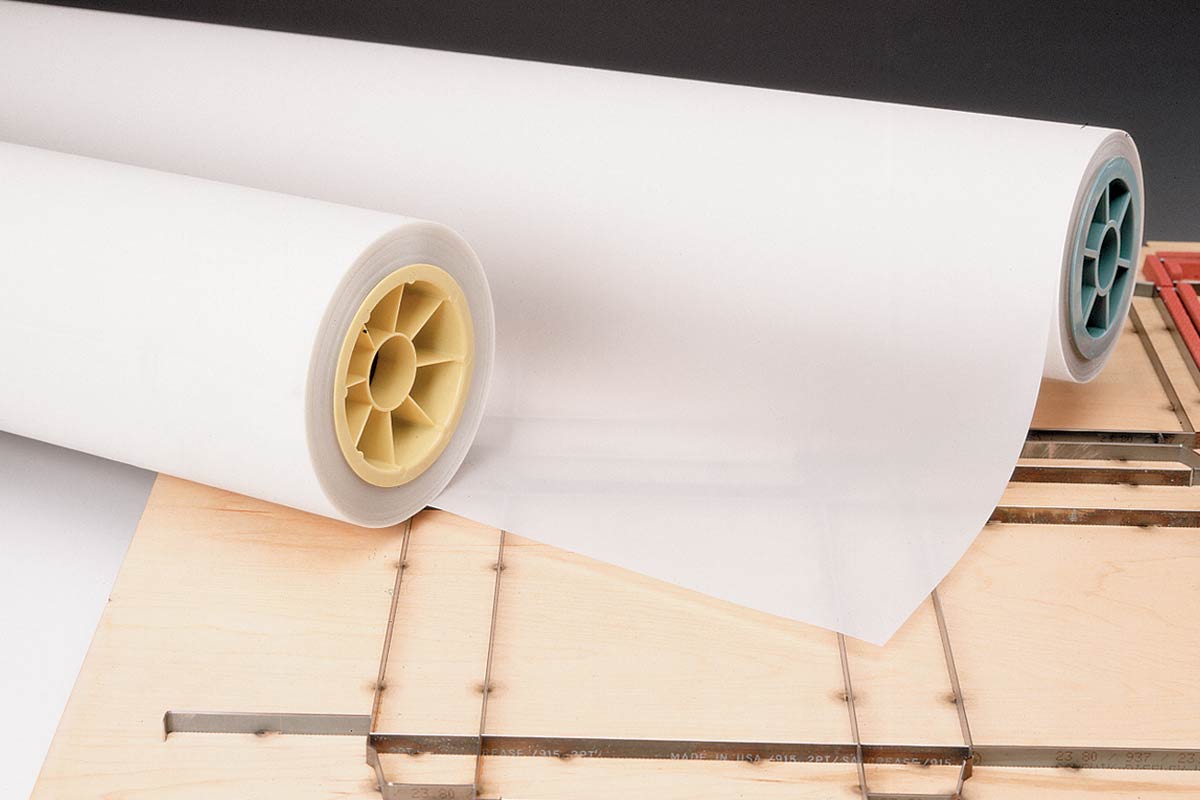

Building & Construction
What Are Mylars In Construction
Modified: October 21, 2024
Learn about mylars in construction and their importance in building-construction projects. Discover how mylars enhance durability and provide a protective barrier for construction materials.
(Many of the links in this article redirect to a specific reviewed product. Your purchase of these products through affiliate links helps to generate commission for Storables.com, at no extra cost. Learn more)
Introduction
In the world of construction, accuracy and precision are of paramount importance. Every inch, every angle, and every detail must be meticulously planned and executed to ensure a successful build. One tool that plays a vital role in achieving this level of precision is a mylar.
Mylars are thin, flexible sheets made of polyester film. They are widely used in the construction industry due to their durability, transparency, and versatility. These sheets were first introduced in the mid-20th century and have since become an invaluable resource for architects, engineers, and contractors.
The primary purpose of mylars is to serve as a blueprint or a visual representation of a construction project. They are typically produced using computer-aided design (CAD) software and can accurately depict every aspect of a building, including floor plans, elevations, sections, and details. This level of detail ensures that all stakeholders have a clear understanding of the project and can effectively collaborate throughout the construction process.
Mylars are usually printed with a blue ink known as cyanotype, which gives them their recognizable blue appearance. The blueprints can be reproduced in various sizes, depending on the specific needs of the project. They are often rolled up for ease of transportation and can be easily unfolded and studied on-site.
The widespread use of mylars in construction is attributed to the numerous benefits they offer. They provide an accurate representation of the project, facilitate effective communication among team members, and serve as a record of the building’s design and specifications. However, like any tool, mylars also have their limitations and require proper care and maintenance to ensure their longevity.
Key Takeaways:
- Mylars, thin polyester film sheets, are indispensable in construction for creating accurate blueprints, facilitating collaboration, and serving as historical records of building designs. Proper care ensures their longevity and readability.
- Understanding the types, uses, advantages, and maintenance of mylars empowers construction professionals to leverage their accuracy, transparency, and durability for efficient communication and successful project outcomes.
Read more: How To Store Mylar Bags
Definition of Mylars
Mylars, also known as polyester film sheets, are thin and flexible materials used in the construction industry to create accurate visual representations of building plans and designs. These sheets are made of polyester film, which gives them durability and transparency. Mylars are typically produced through a process called drafting, where computer-aided design (CAD) software is used to create detailed blueprints of a construction project.
The term “mylar” originated from the brand name of a popular polyester film manufacturer. However, it has become a generic term used to refer to any type of polyester film sheet used for architectural and engineering purposes. These sheets are commonly used to create blueprints, also known as mylar prints, which serve as a tangible reference for the design and construction of buildings.
Mylars are available in various thicknesses, typically measured in mils. Thinner mylars, ranging from 1 to 2 mils, are often used for smaller-scale projects or when flexibility and cost-efficiency are important. Thicker mylars, ranging from 3 to 4 mils or more, are commonly used for larger construction projects that require more durability and rigidity.
The use of mylars in construction is guided by specific standards and regulations to ensure accuracy and consistency. These standards include the size and layout of the mylar sheets, the scale at which the blueprints are printed, and the color and type of ink used. Adhering to these standards helps maintain uniformity and clarity in the construction industry, enabling effective communication among project stakeholders.
It’s important to note that mylars are not limited to blueprints and can be utilized for other purposes in construction. For instance, they can be used to overlay and annotate changes or modifications to existing plans, allowing for easy identification of revisions during the construction process. Mylars can also be used to create templates for precise cutting and shaping of building components.
In summary, mylars are thin and flexible sheets made of polyester film used in construction for creating detailed blueprints and visual representations of building plans. These sheets play a crucial role in accurately conveying design intent, facilitating collaboration among construction professionals, and serving as a reference throughout the entire construction process.
Types of Mylars
Mylars come in various types, each designed to meet different construction needs and requirements. Understanding the different types of mylars available can help professionals choose the most suitable option for their specific projects. Here are some common types of mylars used in construction:
- Transparent Mylars: These mylars are completely transparent, allowing for clear visibility of the underlying plans and drawings. They are often used when it is crucial to maintain the original colors and details of the design. Transparent mylars are ideal for presentations, overlays, and situations where precise alignment is necessary.
- Matte Mylars: Matte mylars have a non-reflective surface, which helps to reduce glare and improve readability. These mylars are commonly used in bright or well-lit environments where light reflection might hinder the clarity of the print. Matte mylars are also preferred when scanning or digitizing blueprints is necessary.
- White Opaque Mylars: White opaque mylars have a white backing, which helps to enhance contrast and readability. They are often used when working with dark or heavily detailed blueprints, as the white background provides a clear contrast against the lines and text. White opaque mylars are commonly used in construction plans that require high levels of precision.
- Black Opaque Mylars: Black opaque mylars have a black backing and are primarily used for creating clear and sharp copies of blueprints. The black background allows for maximum contrast with the blueprint lines, resulting in highly legible prints. Black opaque mylars are commonly used in applications where accurate reproduction and clear visibility of the design are crucial.
- Colored Mylars: Colored mylars come in a variety of colors, such as red, green, and yellow. They are used to highlight specific areas or details in a blueprint. Colored mylars can be used to indicate electrical systems, plumbing fixtures, structural elements, or any other important features that need to stand out for easy identification.
- Antistatic Mylars: Antistatic mylars are specially treated to minimize the buildup of static electricity. This makes them ideal for environments where static discharge could damage sensitive electronic equipment or cause safety issues. Antistatic mylars are commonly used in construction projects involving electronics, data centers, or cleanrooms.
By understanding the different types of mylars available, construction professionals can choose the most suitable option based on their project requirements, environmental conditions, and desired visual effects. Selecting the right type of mylar ensures clear and accurate representation of construction plans, enhancing communication and facilitating a smoother construction process.
Uses of Mylars in Construction
Mylars are widely utilized in the construction industry due to their versatility and ability to accurately convey design intent. Here are some common uses of mylars in construction:
- Blueprints: Mylars are primarily used to create blueprints, providing a visual representation of a construction project’s plans, elevations, sections, and details. These blueprints serve as a crucial reference for architects, engineers, and contractors, ensuring everyone involved is on the same page and can effectively collaborate throughout the construction process.
- Design Modifications: Mylars are also used to overlay and annotate changes or modifications to existing plans. When revisions or modifications are required during the construction process, new mylars can be created to incorporate the changes and convey the updated design intent. This helps in maintaining accuracy and avoiding confusion during construction.
- Visual Presentations: Mylars can be used to create visual presentations for clients, stakeholders, or project presentations. The transparent nature of mylars allows for the clear display of the design, enabling a comprehensive understanding of the project’s aesthetics, layout, and spatial relationships.
- Construction Templates: Mylars can be used to create templates for precise cutting and shaping of building components. These templates help in accurately transferring design dimensions to construction materials, ensuring precise fabrication and installation. This is particularly useful in projects that require repetitive elements or intricate details.
- Record-Keeping: Mylars serve as a tangible record of a building’s design and specifications. They can be stored as part of the project documentation, providing a historical reference for future renovations, expansions, or maintenance. Having the original mylars allows for easy retrieval of the design details without relying solely on digital files or outdated paper documents.
- Site Analysis: Mylars can be utilized for site analysis, where construction professionals can overlay mylars on top of existing site plans and evaluate the feasibility of the design in relation to the physical site conditions. This helps in identifying potential conflicts or constraints and making informed decisions for design optimization.
In summary, mylars are indispensable tools in the construction industry, widely used for creating blueprints, conveying design modifications, making visual presentations, creating construction templates, maintaining records, and facilitating site analysis. Their versatility and accuracy make them invaluable in ensuring efficient communication, precise construction execution, and successful project completion.
When using mylar in construction, make sure to properly seal the edges to prevent moisture from getting underneath. This will help maintain the integrity of the mylar and prevent any potential damage to the construction project.
Advantages of Using Mylars
Mylars offer numerous advantages in the construction industry, making them a preferred choice for architects, engineers, and contractors. Here are some of the key advantages of using mylars in construction:
- Accuracy: Mylars provide a highly accurate representation of a construction project’s plans and designs. The use of computer-aided design (CAD) software ensures precise measurements and detailing, reducing the risk of errors and misinterpretation during construction.
- Transparency: Mylars are transparent, allowing for a clear view of the underlying plans and drawings. This transparency facilitates effective communication among project stakeholders, enabling them to easily understand and collaborate on the design and construction process.
- Durability: Mylars are made of polyester film, which provides durability and longevity. They can withstand handling, transportation, and on-site use without tearing or deteriorating, ensuring that the blueprints remain intact throughout the construction process.
- Portability: Mylars are lightweight and easy to transport. They can be rolled up for convenience and carried to construction sites or meetings, allowing for quick and convenient access to the project’s plans and details.
- Easy Markup and Annotations: Mylars can be easily marked up and annotated with pen or pencil, allowing for easy identification of changes or modifications. This feature is particularly valuable when design revisions or on-site adjustments need to be communicated and documented.
- Clear Reproduction: Mylars offer clear and sharp reproductions of the original designs. The high contrast and legibility of the blueprints make them easy to read, reducing the chances of misinterpretation or confusion during construction.
- Preservation of Original Design: Mylars serve as a record of the original design intent. They can be stored and referenced for future reference, ensuring that the building’s design can be accurately replicated in case of renovations, expansions, or maintenance work.
- Compatibility with CAD Software: Mylars can be easily created from CAD software, allowing for seamless integration with digital design workflows. This compatibility streamlines the transfer of design information from digital files to physical blueprints, reducing the chances of data loss or discrepancies.
In summary, the advantages of using mylars in construction include their accuracy, transparency, durability, portability, ease of markup, clear reproduction, preservation of the original design, and compatibility with CAD software. These advantages make mylars an essential tool in ensuring precise communication, efficient construction execution, and successful project outcomes.
Read more: How To Store Flour In Mylar Bags
Disadvantages of Using Mylars
While mylars offer many advantages in the construction industry, there are also a few disadvantages that should be taken into consideration. Here are some of the key disadvantages of using mylars in construction:
- Cost: The production of mylars can be relatively expensive compared to digital alternatives. The printing process, ink, and polyester film contribute to the overall cost of creating mylars. This cost factor may not be suitable for projects with tight budgets or those that require frequent revisions and updates.
- Limited Flexibility: Mylars are relatively rigid, which can limit the ease of handling and storage compared to digital files. The need to roll or fold mylars for transportation can sometimes result in creases or damage, affecting their longevity and readability.
- Susceptibility to Physical Damage: While mylars are durable, they are not immune to physical damage. Being made of polyester film, excessive force or mishandling can result in tears, scratches, or creases. This can compromise the readability and accuracy of the blueprints.
- Ink Fading: Over time, the ink used in mylars may fade due to exposure to light and environmental factors. This can make the blueprints less legible and affect the accuracy of the design details. Proper storage and handling can help mitigate this issue.
- Limited Collaboration: Sharing physical mylars for collaboration among project stakeholders can be more challenging compared to digital files. Physical copies need to be physically transported, potentially causing delays and limiting simultaneous accessibility for all team members.
- Environmental Impact: The production of mylars involves the use of various materials, such as polyester film and ink. Disposal of used or outdated mylars can pose environmental challenges, and proper recycling measures should be taken to minimize their impact.
Despite these disadvantages, mylars continue to be widely used in construction due to their accuracy, clarity, and tangible nature. It’s important for professionals to weigh the advantages and disadvantages of using mylars and determine if they align with the specific needs and requirements of their projects.
Maintenance and Care of Mylars
Proper maintenance and care are essential to ensure the longevity and readability of mylars in the construction industry. By following these guidelines, professionals can preserve the quality and accuracy of their mylars throughout the project lifespan:
- Handling: When handling mylars, it’s important to do so with clean hands or wear protective gloves. Oils, dirt, or sweat on the hands can transfer to the mylar surface, potentially damaging or staining the blueprint.
- Storage: Store mylars in a cool, dry place, away from direct sunlight, moisture, and extreme temperatures. These conditions can cause the mylars to warp, fade, or deteriorate over time. Consider using acid-free archival sleeves or folders to protect and organize the mylars.
- Cleaning: If mylars become dirty or smudged, use a soft, lint-free cloth or a non-abrasive cleaning solution specifically designed for polyester film. Gently wipe the surface in a circular motion to remove any debris or marks. Avoid using harsh chemicals or abrasive materials that can scratch or damage the mylar.
- Protection: To protect mylars during transportation or storage, consider rolling them with the blueprint side facing inward to prevent damage to the printed surface. Place them in a sturdy tube or flat folder to minimize the risk of creasing, tearing, or bending.
- Handling Revisions: When marking up mylars with pen or pencil, use gentle pressure to avoid tearing the film. If mistakes are made or revisions need to be corrected, consider using a dry eraser or a non-permanent marker specifically designed for mylar film. Always test any cleaning or correction methods on a small, inconspicuous area first.
- Regular Inspections: Regularly inspect the mylars for signs of damage, fading ink, or any issues that may affect their readability. Catching potential problems early can help prevent further damage and ensure that the blueprints remain accurate and legible throughout the construction process.
- Digitization: Consider digitizing the mylars as a backup or secondary copy. Scanning the blueprints into digital files can provide an additional layer of protection and easy accessibility for sharing and collaboration while reducing wear and tear on the physical copies.
By following these maintenance and care guidelines, construction professionals can prolong the life of their mylars, ensuring accurate and legible blueprints that can be relied upon throughout the construction project.
Conclusion
Mylars play a crucial role in the construction industry, providing accurate and detailed blueprints that help guide the design and construction process. These thin polyester film sheets offer numerous advantages, including accuracy, transparency, durability, and portability.
With mylars, architects, engineers, and contractors can effectively communicate design intent, collaborate with project stakeholders, and create precise construction templates. Mylars also serve as a historical record of the building’s design, allowing for easy reference in future renovations or maintenance work.
While mylars offer many benefits, they do have a few disadvantages. They can be costly, require careful handling, and may be subject to ink fading over time. However, with proper maintenance and care, these issues can be mitigated to ensure the longevity and readability of the blueprints.
In conclusion, mylars are a valuable tool in the construction industry, providing a tangible and accurate representation of construction plans. By understanding their uses, advantages, and best practices for maintenance, construction professionals can utilize mylars to facilitate clear communication, precise execution, and successful project outcomes.
Frequently Asked Questions about What Are Mylars In Construction
Was this page helpful?
At Storables.com, we guarantee accurate and reliable information. Our content, validated by Expert Board Contributors, is crafted following stringent Editorial Policies. We're committed to providing you with well-researched, expert-backed insights for all your informational needs.




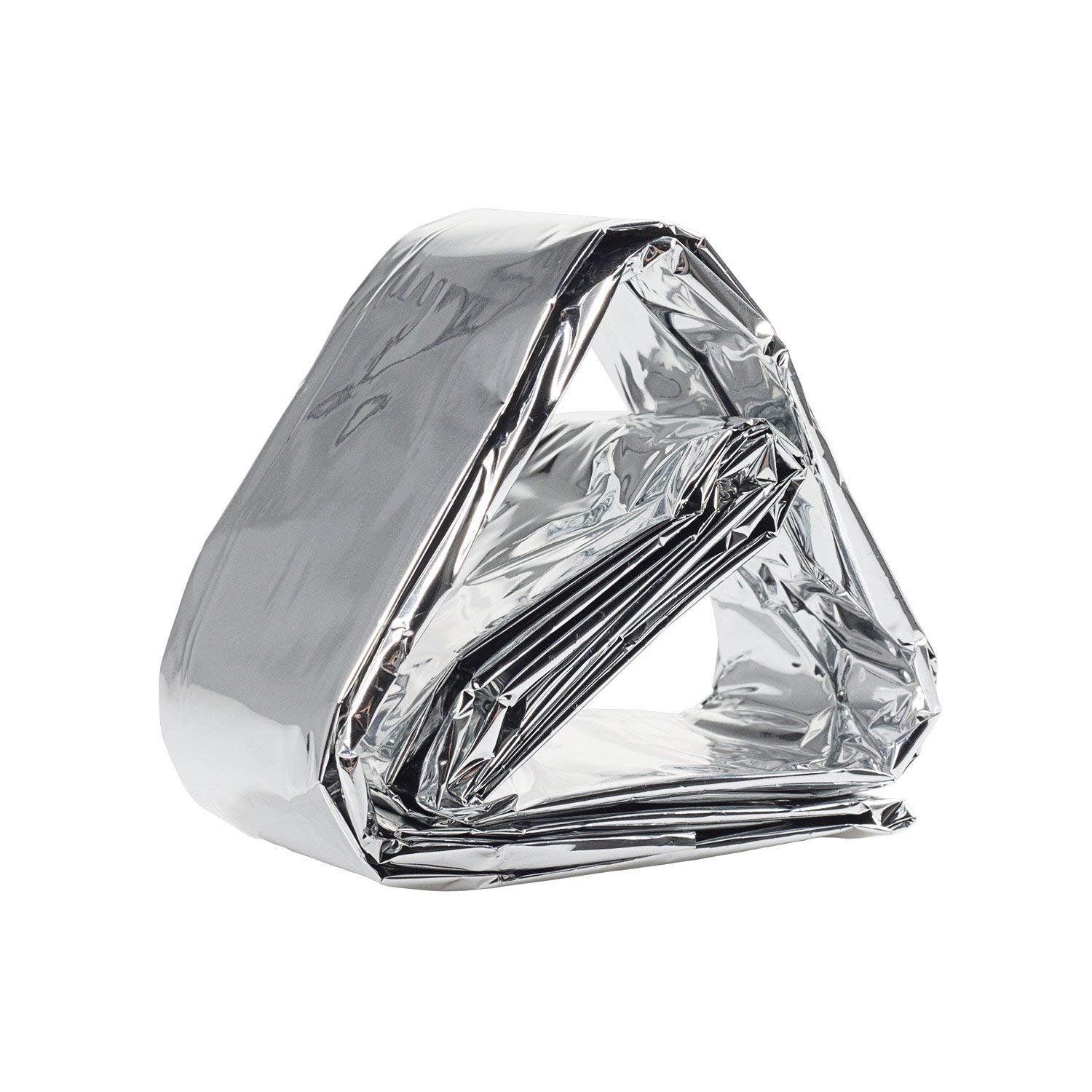
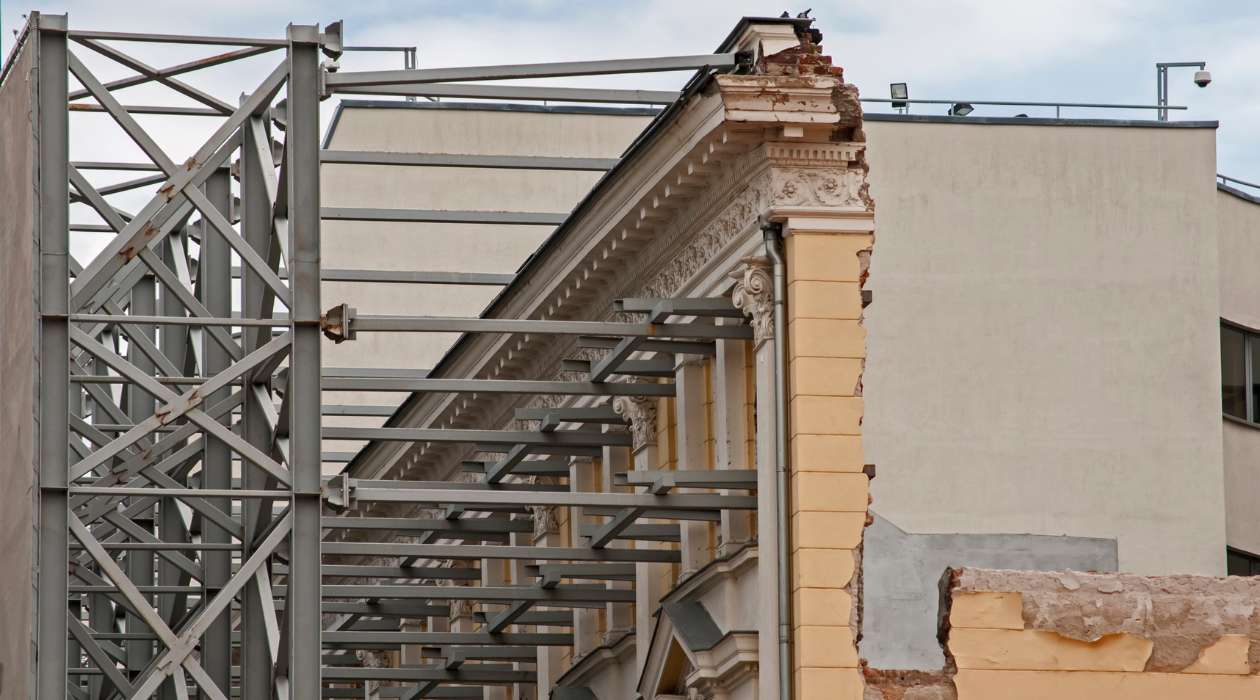
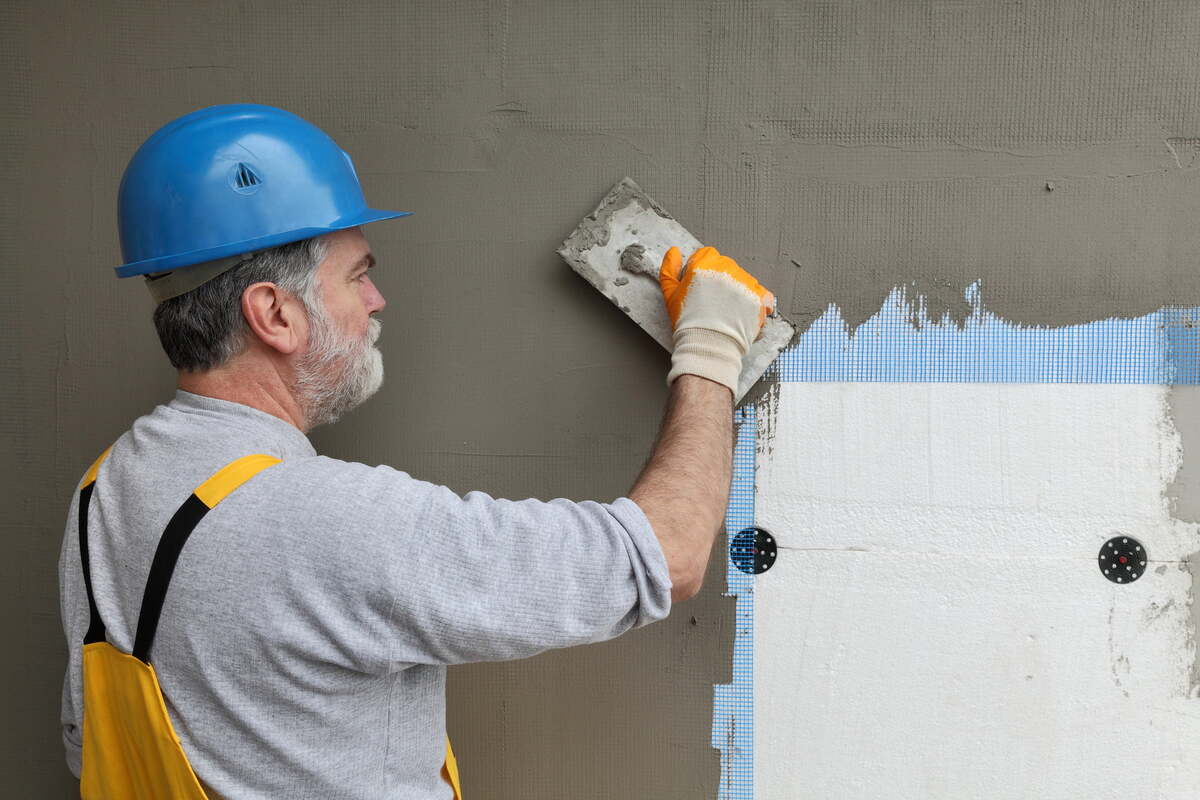

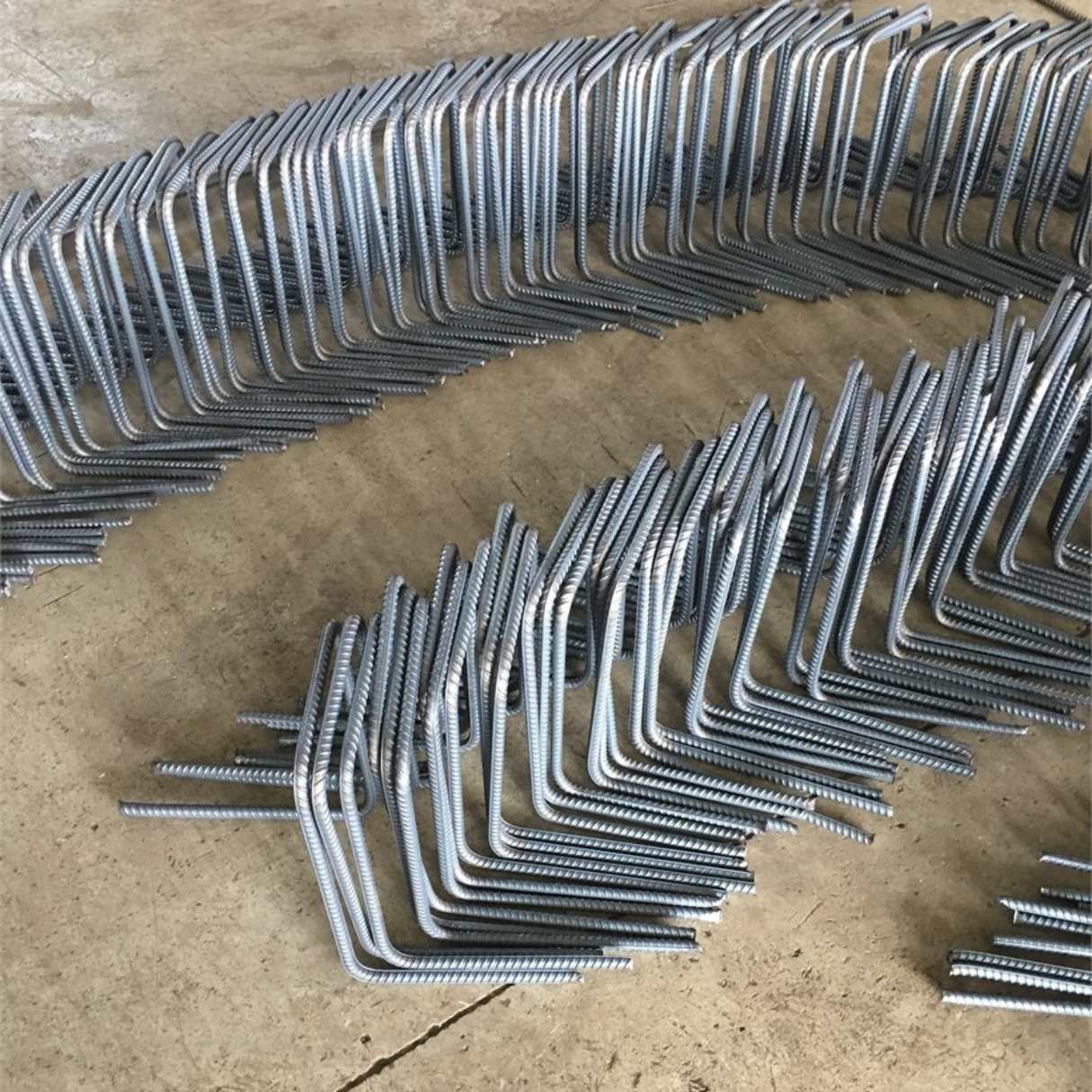
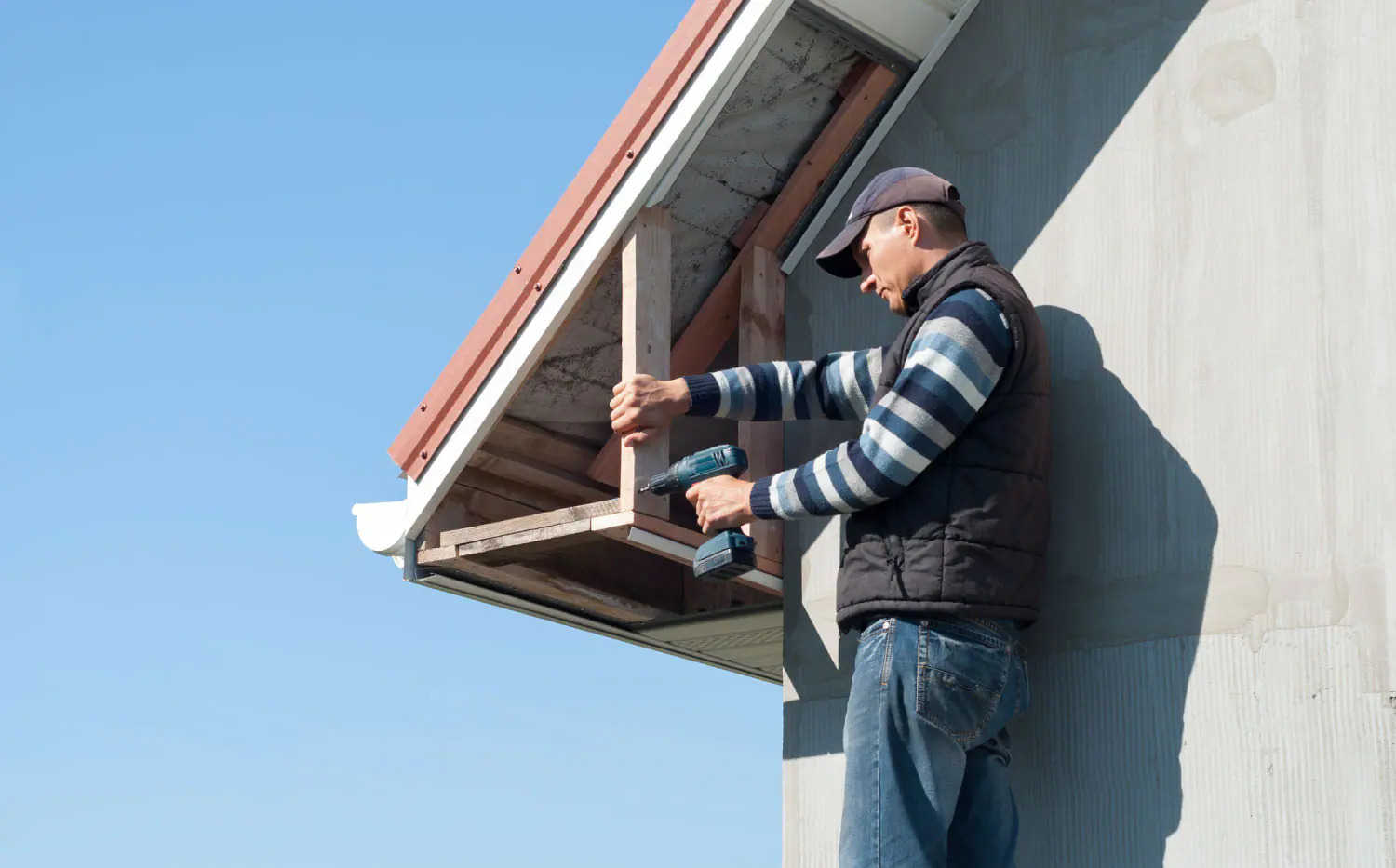

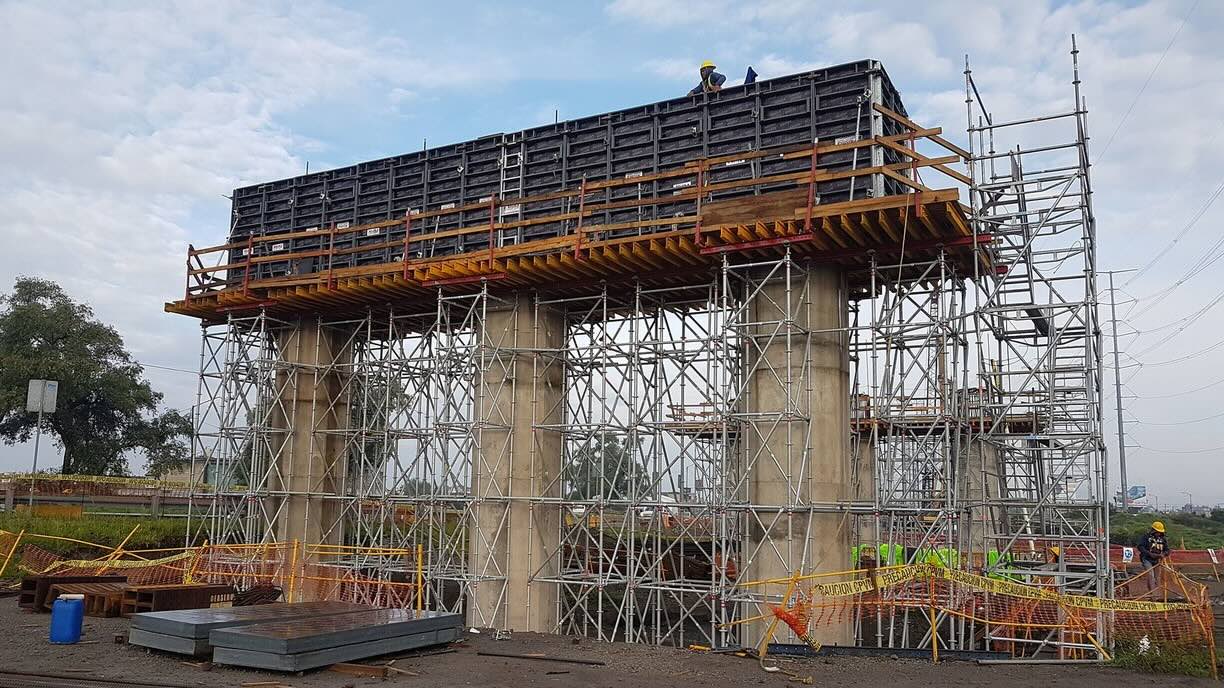
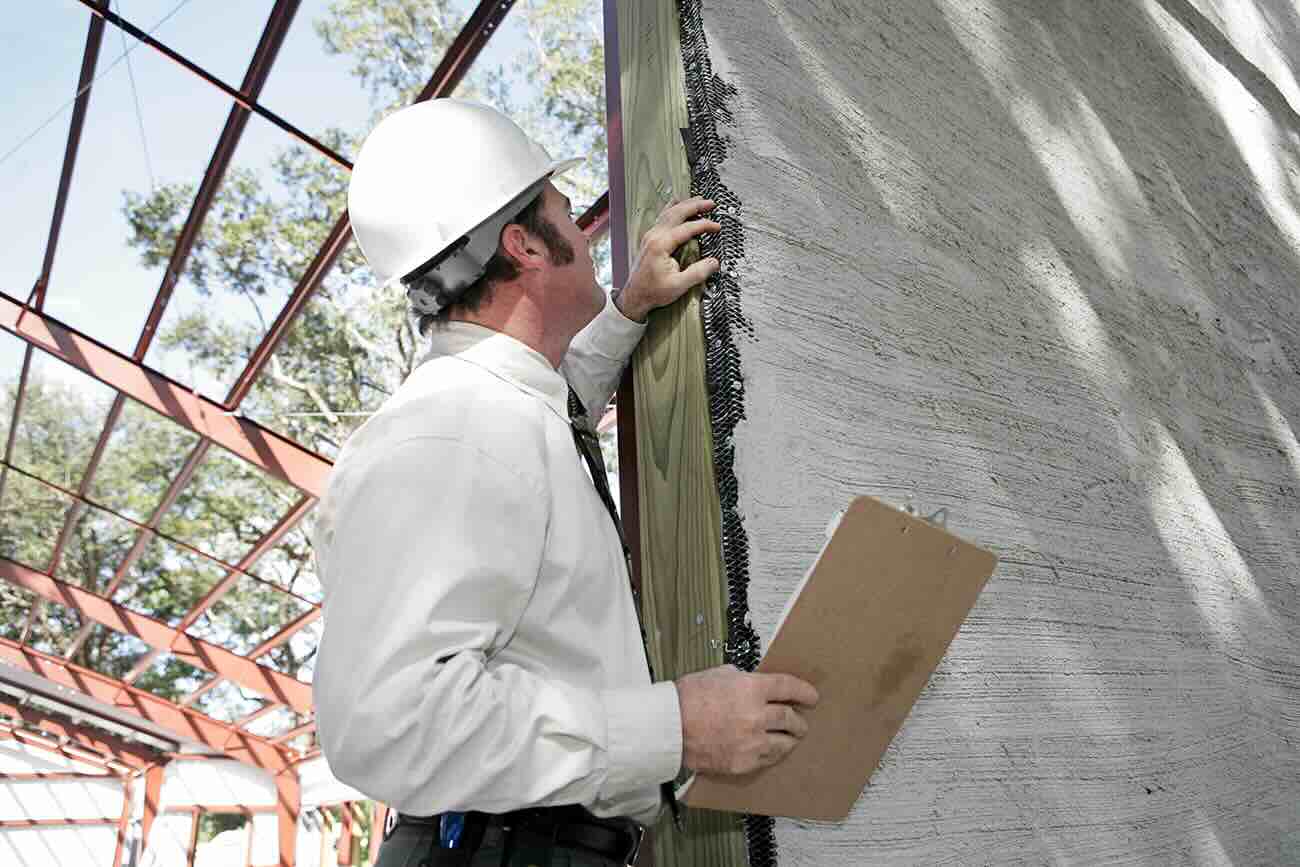


0 thoughts on “What Are Mylars In Construction”